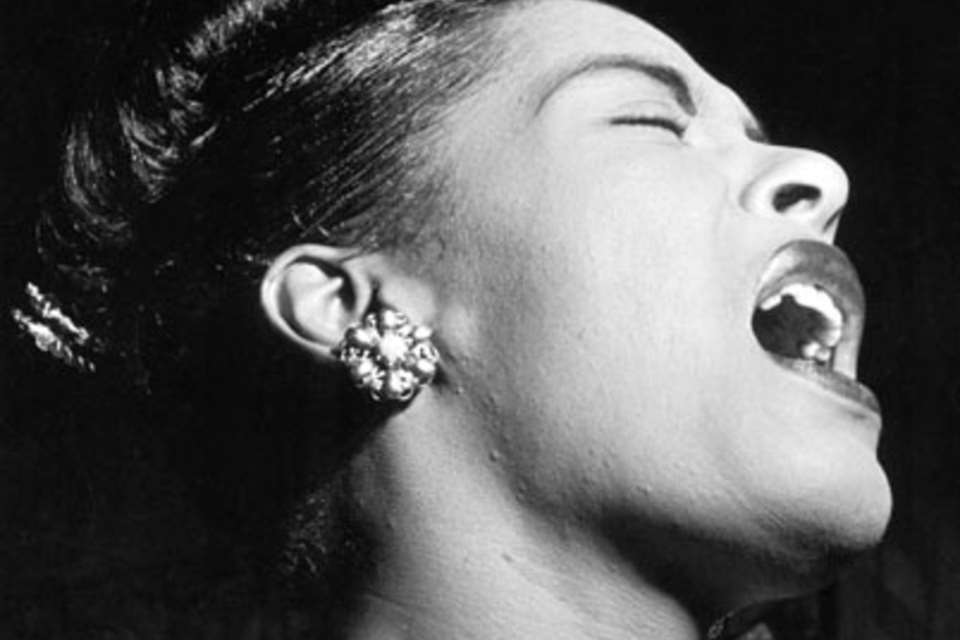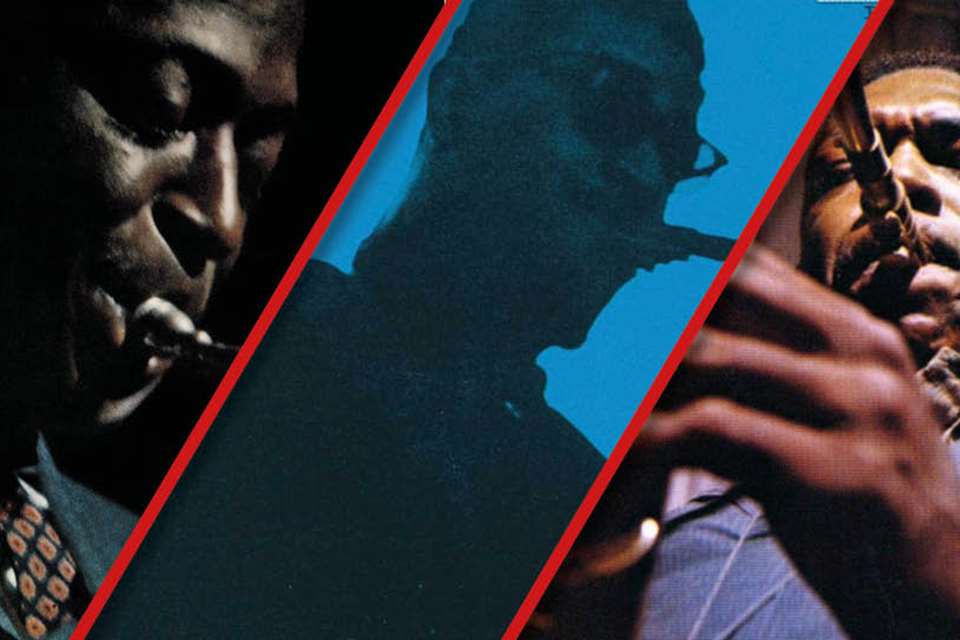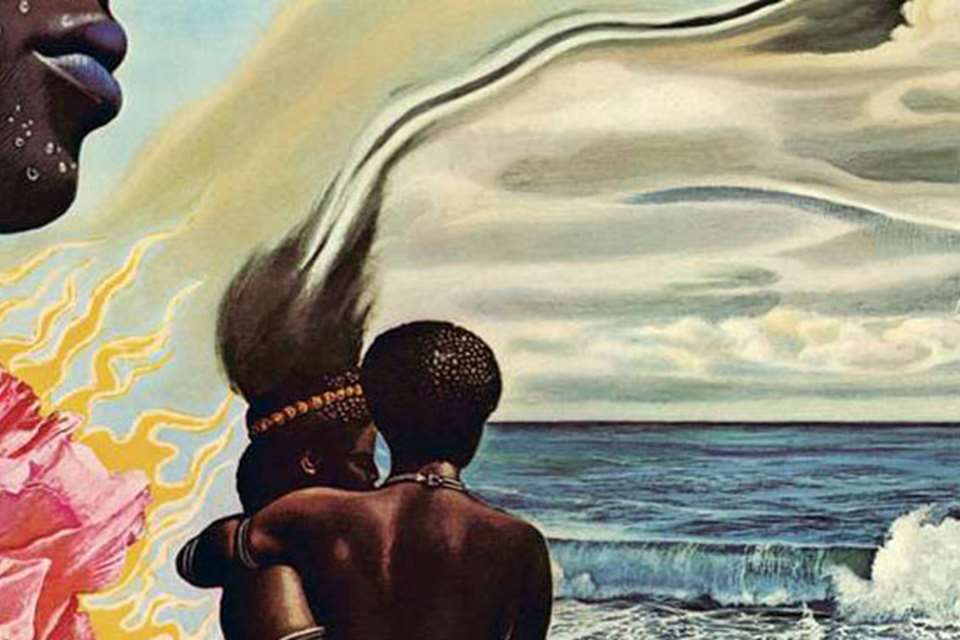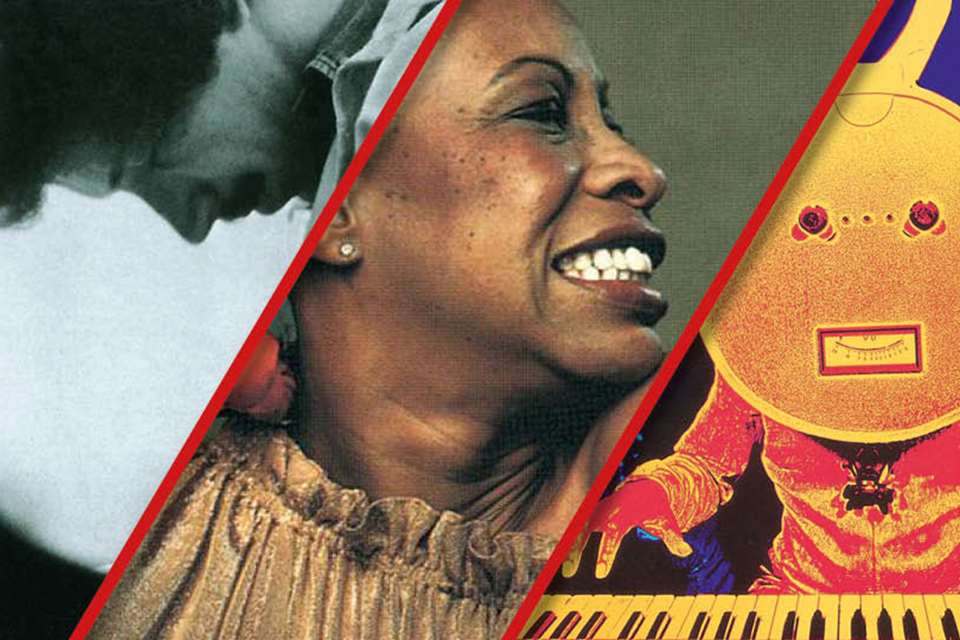Billie Holiday: the highs and lows of Lady Day
Monday, January 2, 2023
Billie Holiday left an extraordinary legacy and made an indelible impression on the cultural landscape. Yet the raw emotional pull of her music was the result of a desperately chaotic lifestyle that the singer seemed unable to control. Stuart Nicholson details the highs and lows of Lady Day's life
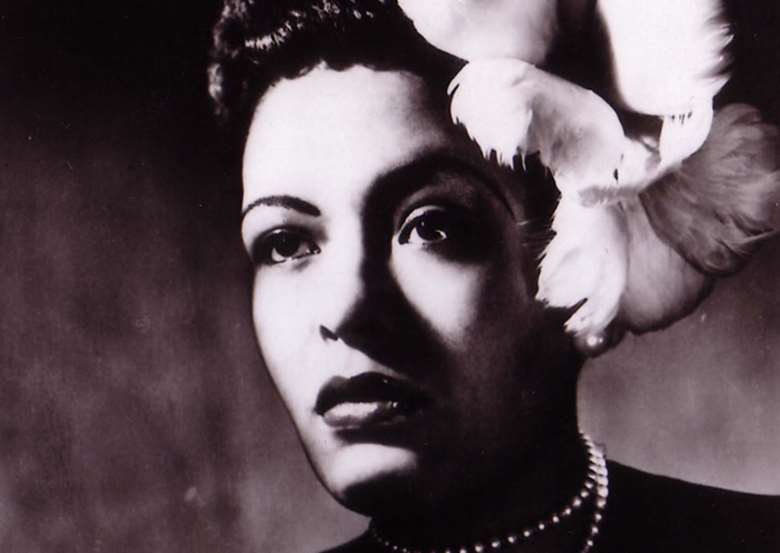
Billie Holiday, probably the most moving, unadulterated jazz singer of all time, was born on 7 April 1915. When she died 44 years later, on 17 April 1959, she still had a long career ahead of her as a cultural icon, yet to try and reconstruct her life as that of an ordinary woman beset by trial and tribulation is to misunderstand her with a degree of perversity equal to her own. Billie was no ordinary woman. The sound of her voice still has people reaching for metaphor to explain its effect; it engages our deepest emotions because that is what she strove to reach within herself. Yet the great paradox of Billie Holiday was the very singer who could freeze an audience into their seats with the emotional power of her singing, struggled throughout her life with deep emotional problems of her own that she could not begin to understand.
Just how our childhood experiences continue to influence us into adulthood is a question researchers are still trying to answer. One area of consensus, however, is how the degree of emotional support a child receives in their early years has a bearing on social life and even romantic relationships twenty or even 30 years on. Perhaps, then, Billie’s traumatic childhood is a place try and understand her. Being constantly abandoned to friends and relations by her mother, the emotional havoc wrought by her rape as an 11-year-old and her arrest at the age of 14 on the streets of Harlem for prostitution could well have contributed to the diminished sense of self those close to her spoke of. These feelings would also go some way to explaining her abnormally dependent personality, her desire to attach herself to someone who would love and care for her, and then, once in a relationship do anything and accept anything – including physical violence – to maintain it. Equally, her lack of parental supervision from a young age may also have had a bearing on her lack of moral discipline, expressed at an early age through truancy and lack of interest in academic activities, and in later years in drug and alcohol abuse.
Yet such calm rationalisation can never fully explain a life overtaken by the dark and destructive forces that inhabit human nature. Billie was never able to come to terms with her personal demons and much of her life was spent running away from them, retreating into the pursuit of pleasure, something that was in conspicuously short supply during her childhood. From her early teens, she associated marijuana and alcohol with good times. As a young woman she lived it up with a vengeance in the fast track of Harlem nightlife of the late 1920s and early 1930s. She was unconcerned if her indulgences affected her singing career, which progressively left John Hammond, her influential patron and record producer, more and more disenchanted. What he wanted was for his commitment to her career to be matched by hers. In 1939 she was introduced to Buddy Tate, and the tall, elegant saxophonist from Count Basie’s band and the beautiful jazz singer became an item. But when he realised the role alcohol and marijuana played in her life he told her, “Lady, you can’t get high all the time, not every day.”
In 1941, her affair with Tate behind her, Billie married small-time drug dealer Jimmy Monroe and subsequently gravitated to opium for her highs. That all changed around 1943-4 when heroin began to fill a void caused by the wartime shortage of opium. For a while she used intermittently, but then succumbed to addiction, spending vast sums of money indulging herself and her former drugs runner Joe Guy – now her new boyfriend – in monumental highs. In an attempt to protect his main client Louis Armstrong from a drugs bust, her manager Joe Glaser cooperated with law enforcement agencies in 1947 to have her busted for possession. It made the national news. By the time she was released from prison in 1948, she was clean and played two acclaimed Carnegie Hall concerts but quickly re-succumbed to addiction. By 23 January 1949 she was back on the front pages of the tabloids, arrested for possession by Federal narcotic agents.
While the charges were eventually dismissed because of a technicality, her divorce from Jimmy Monroe, her sordid relationship of violence with John Levy, a small-time nightclub owner, followed by marriage to Louis McKay, all interspersed with brushes with the law were acted out in the pages of the tabloid press. Audiences now read Billie’s real-life story into her performances, as if each word might reveal some deep, dark secret about her private life, and songs such as ‘Ain’t Nobody’s Business If I Do’ (recorded 1949) reinforced her ‘notoriety’ while defiantly justifying her indulgence of the self. This simple step reinforced her authenticity as an artist. As a young woman, she sang from the standpoint of being unlucky in love. Now, as an older woman never far from the clamour of tabloid headlines, she sang from the perspective of a woman unlucky in life.
In 1952, her downward spiral into alcohol and drug addiction was interrupted by Norman Granz, who recorded her for his Verve label, and although there were times when her soiled realism blurred into stylised realism, the raw nerve endings exposed by her voice served only to reinforce her authenticity as a jazz singer. Granz told me that by 1957, he felt he had done all he could to help her and wished she had helped herself more. Her parting shot was two albums – Lady in Satin (Columbia) from 1958 and Billie Holiday (MGM) from 1959 – that defy conventional critique; here the emotional destiny of her work is ultimately commanded by knowledge of her real-life story in order to realise their powerful emotional impact. They are harsh, even terrifying, statements that make you afraid to listen because her voice contains a glimpse of death.
“Above all else she was a great artist, not because of the suffering her hedonistic lifestyle brought her, but in spite of it.”
On 30 May 1959 she collapsed and was admitted to the Knickerbocker Hospital, located on Convent Avenue and 131st Street in Harlem, at 3.40 pm. On the 11 June a nurse discovered heroin in the Kleenex box by her bedside and she was arrested on her deathbed, denied visitors by a police guard unless they had written permission to see her from the 23rd Precinct. When she finally passed at around 3am on the night of 10 July her worldly fortune amounted to just $848.54 in cash. Over 3,000 people attended the requiem mass held for at St. Paul’s Roman Catholic Church on Columbus Circle on 22 July, yet hardly anyone had visited her in her tiny apartment at 26th West 87th Street during the final years of her life. Already her career was being overshadowed by that quirk of the human condition that sees fascination in those who gamble with life and lose. Just like Charlie Parker, James Dean, Janis Joplin, Marylin Monroe, Jim Morrison, Kurt Cobain and a host of others, her life found unexpected definition through a premature route to eternity. All share one thing in common – a sainted, metaphorical afterlife where the myth has grown larger than the life.
Yet standing back from this simmering life engaged to disaster, a life with so many wrong turnings, wrong associations, seemingly inexplicable behaviour and a failure to take responsibility for a career that once showed such great promise, a pattern does emerge. Throughout her career she seemed never to learn from her experiences in life. Despite her extraordinary talent she always seemed to throw away what she had gained not once, but time and again. Yet in prison, when confronted with her shortcomings, her medical records reveal a person who was both keen and anxious to mend her ways, but it is clear that what she said was only for the moment. However convincing her promises, resolution passed as soon as she was released. Her outward appearance of warmth, loyalty, pride and sincerity seem to have concealed a lack of remorse or any desire to avoid damaging indiscretions or destructive behaviour. Maybe the extreme contradictions to be found in her character created the tensions that gave rise to her genius, who knows?
Ultimately, the key thing about Billie Holiday was that above all else she was a great artist, not because of the suffering her hedonistic lifestyle brought her, but in spite of it. That she was able to achieve so much with the burden she had to carry must surely be her ultimate triumph.
This article originally appeared in the April 2015 issue of Jazzwise magazine. Never miss an issue – subscribe today
